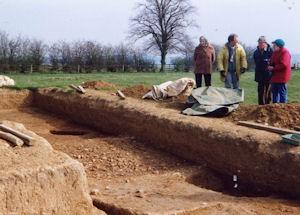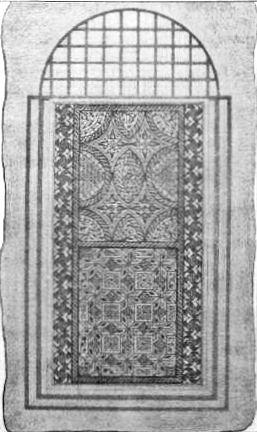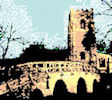The Romans in Medbourne

Content
Invasion
In 55 B.C. the Roman Emperor Julius Caeser made a brief excursion to Britain, before returning to Rome. However in 43 A.D. the Roman Emperor Claudius influenced by his Officials and attracted by the thought of gaining a military reputation launched a powerful invasion. Despite fierce resistance from the local tribes and guerrilla warfare over the next four decades the invasion ultimately proved successful and Britain became a Roman province with the exception of Ireland and almost all of Scotland and Wales.
Via Devana
Particularly in the first fifty years of their occupation the Romans embarked on an extensive road building programme. These roads were built mainly for military purposes so that soldiers and their supplies could be moved easily between Roman towns and outposts which had been established. The roads were substantially constructed, paved, drained and quite often had long straight sections. In modern times some of our own roads follow the earlier routes, examples being Watling Street, Ermine Street and the Fosse Way.
The Via Devana ran from Chester (Roman name Deva) to Colchester via Leicester but, to a great extent, the actual route has been lost. Interestingly the name is not of Roman origin but was coined in the eighteenth century. It is, however, of particular interest to Medbourne as the road ran through the village. Excavations have revealed traces of the road in Mill Fields off the road to Slawston. On maps in modern day Leicestershire the route of the road can still be seen in places where it is referred to as the Gartree Road.

Ground Radar
Photo by kind permission
of Elizabeth and Chris Royall
Time Team Dig 2005
It has long been known that Medbourne was an important settlement in Roman times, being one of the largest in Leicestershire, fieldwalking by a team from Leicestershire County Museums had already defined the basic size.
The Channel Four Time Team Dig was a collaboration between the Museums Service, Leicester University, Leicestershire Fieldwalkers and the Television Company.
The Time Team contributed some geophysical survey which was followed up by the Hallaton Fieldwalkers who produced a remarkable plan of the town with its lanes, property boundaries and wells.
The investigations discovered two separate burial grounds one Roman which was probably Christian with over twenty burials and in the next field a rather disturbed burial ground which was probably Anglo-Saxon in origin.

Time Team Excavation (Photo by kind permission
of Elizabeth and Chris Royall)
A Roman Mystery
In 1721 a tessellated pavement (mosaic made of small tiles) part of a Roman Villa was discovered several feet below the surface in an orchard believed to be on the site of the present day Saddlers Cottage in Waterfall Way. It was covered over but was reopened in 1793 and again in 1871 when it was lifted. The owners at the latest date sold it to a Mr. Frederick Peake of Burrough near Melton Mowbray, brother of the Reverend Dawson Peake one time Curate of Medbourne.

Roman Pavement
Mr F. Peake offered the mosaic to the authorities at the South Kensington Museum in London but they declined the offer. It is known that it was then kept in a wine case in the offices of Mr Peake at 6, Bedford Row in London but what subsequently happened to the pavement remains a mystery today, although one unsubstantiated story says that when the case was eventually opened the contents had crumbled and were thrown away.
A picture of the pavement was taken by Mr. A.H. Dibbin a civil engineer who was at the time working on the construction of the railway through Medbourne.
Roman Departure
By the late fourth century the Romans in Britain were being hard pressed by the Scots (Picts) from the north and by the Saxons who were raiding along the North Sea coast. The turning point came in the first decade of the fifth century when Rome itself was being threatened by so called Barbarians invading from the east. As a result the Legions in Britain returned to defend their homeland and by 410 A.D. they had all departed. For approximately the next four hundred years most of Britain came under Anglo-Saxon Rule.
Although it is approximately 1,600 years since the Romans departed their legacy lives on in most of Britain with examples as such as our place names, major roads and spa towns such as Bath.
Contributed by Keith Sandars June 2013 with valuable assistance from Peter Liddle

